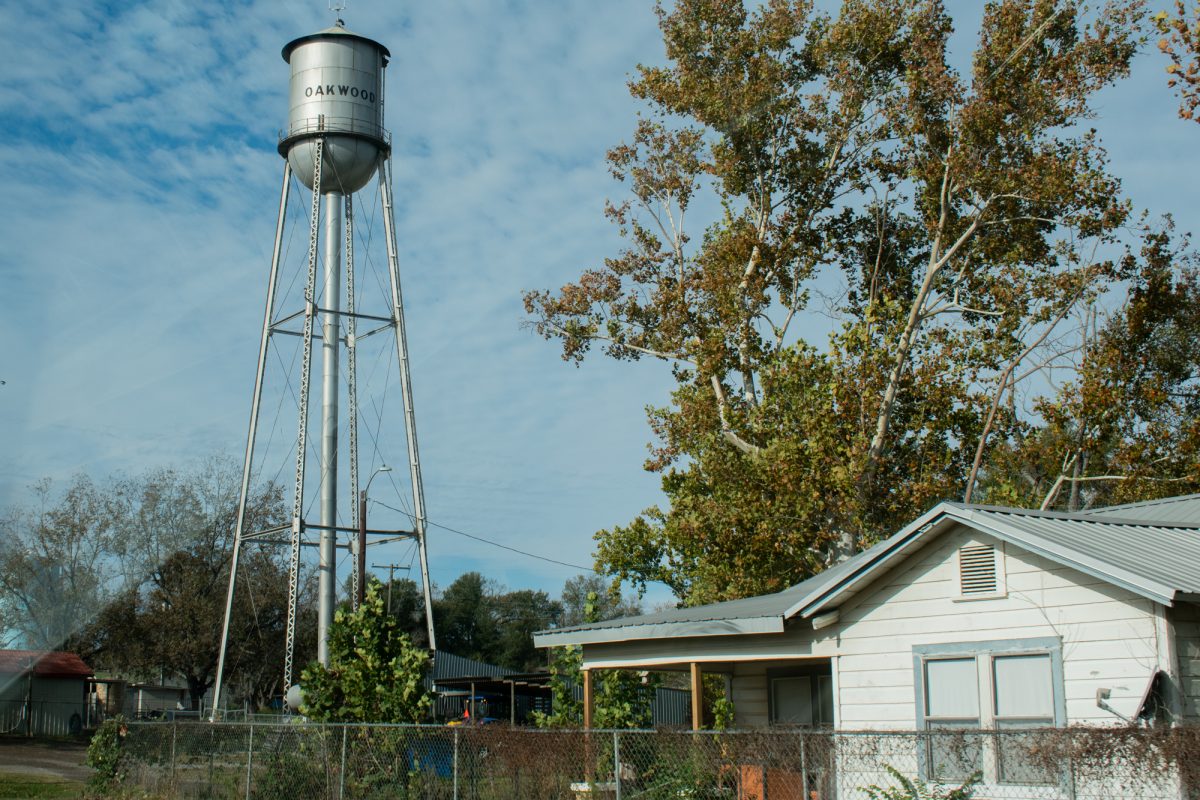Spike in crawfish prices means fewer boils for mudbug lovers
Due to record-breaking heat during the summer, crawfish season in Texas and Louisiana has seen a spike in prices, although experts predict prices will drop as the season continues.
Data from the U.S. Drought Monitor shows that 56% of the nation experienced some form of drought from June to July 2023, a crucial time in crawfish production leading to low supplies, according to a recent article in the Houston Chronicle. During that same time, 58% of Texas and 70% of the East Texas climate divisions were also experiencing drought conditions.
When crawfish farm soil is too dry, crawfish burrows can crack and dry out, leading to fewer live crawfish over the season, according to Todd Fontenot, a Louisiana State University AgCenter extension agent quoted in the article.
Todd Sink with Texas A&M’s Department of Rangeland, Wildlife and Fisheries Management told Houston’s ABC13 that he has seen a pound of live crawfish go for nearly $14 this season.
Kinesiology freshman Jose Mendoza said although he doesn’t eat much seafood, high restaurant prices would influence him to make smarter financial decisions about where to buy the delicacy.
“I personally wouldn’t go as far to spend $14,” Mendoza said. “I would probably just try to find some sort of alternative to the crawfish that is either in the same price range or cheaper.”
As someone who works for a crawfish and other seafood producer, psychology senior Alexis Skelton said she does not buy crawfish from restaurants because she leaves it up to her parents to do the crawfish boil.
“I personally never really purchase at a restaurant because my family usually does their own boils,” Skelton said. “ … I do work at H-E-B, so I know that I’ve had to deal with a lot of angry people.”
According to The Crawfish App, the H-E-B on Texas Avenue in south College Station currently charges $10 a pound for live crawfish.
Dividing the cost with friends is another strategy, Skelton said.
“I mean, if we were to have a big boil, we all just split prices so that it’s not all on one person, so it doesn’t affect us too heavily,” Skelton said.
Northpoint Crossing leasing specialist AJ Solomon was interviewed while handing out flyers in the MSC and said he is hesitant after seeing the price tag of the “mudbugs.”
“If we, you know, go and get a big group of friends and we split the bill — I mean, we’re getting five, six pounds of crawfish — you know it’s going to be like going out to a five-star restaurant,” Solomon said. “It’s definitely not making me want to go get crawfish as much as I love it.”
Although Sink predicted in the ABC13 interview that prices will likely go down at the end of February, he noted they will still be higher than last year. Geography junior Taylor Hervey said he would just have his own boil with friends.
“We could all just split the check or whatever but I probably wouldn’t get crawfish at a restaurant because they would mark up the price double or triple what it actually is,” Hervey said.
While most seafood places have a variety of dishes throughout the year, other restaurants like Cajun Kitchen rely heavily on crawfish sales to stay open in the offseason and are upcharging to $13-$15 per pound this season to survive, according to owner John Nguyen in the Houston Chronicle.
High prices might make biology junior Nickan Poshtkoohi less inclined to buy crawfish at all, he said.
“If a restaurant has it for 10 [dollars] or even higher, I would not buy the crawfish,” Poshtkoohi said, “If [there] was a restaurant with cheaper, then I would be more inclined to change restaurants. Ten is a pretty significant price jump, and I probably wouldn’t even buy crawfish at that point if it was $10 a pound.”


















